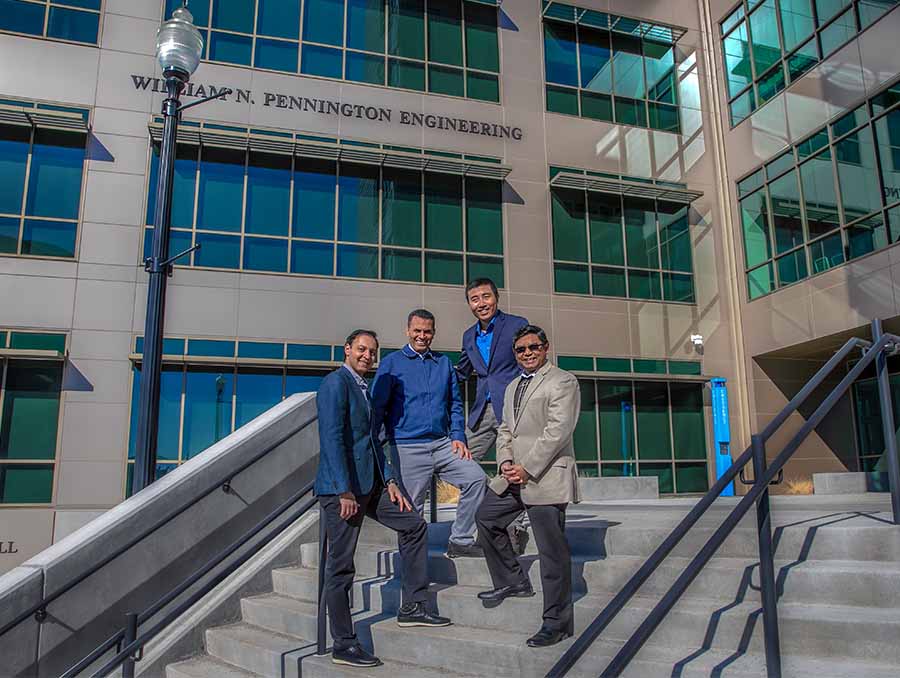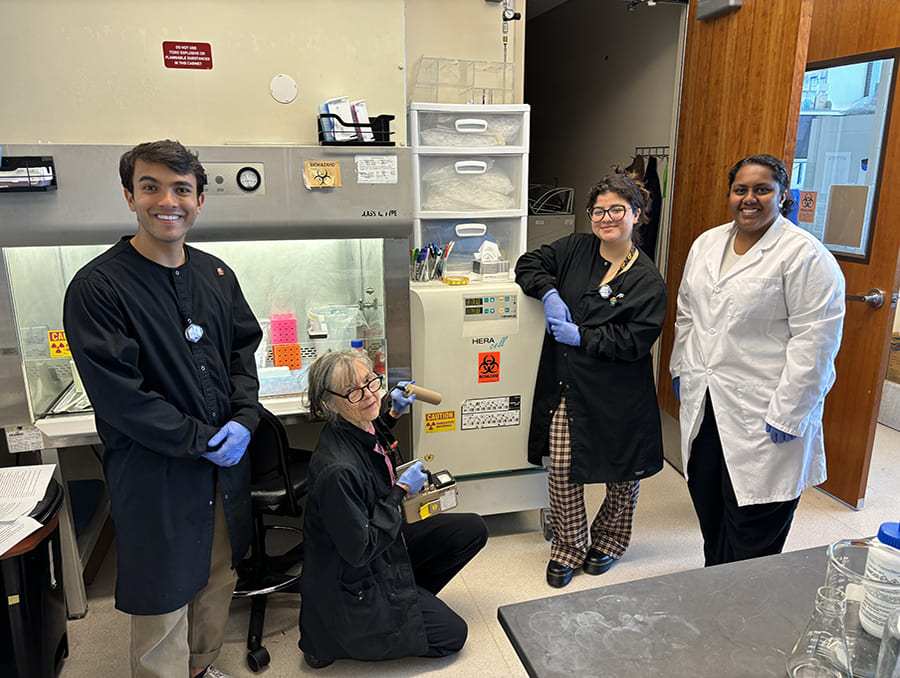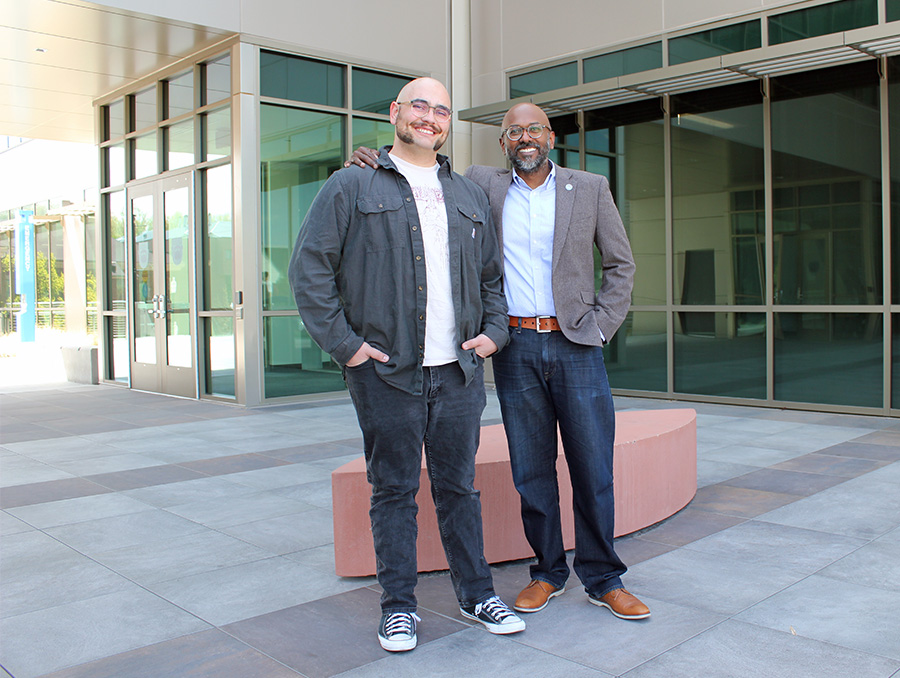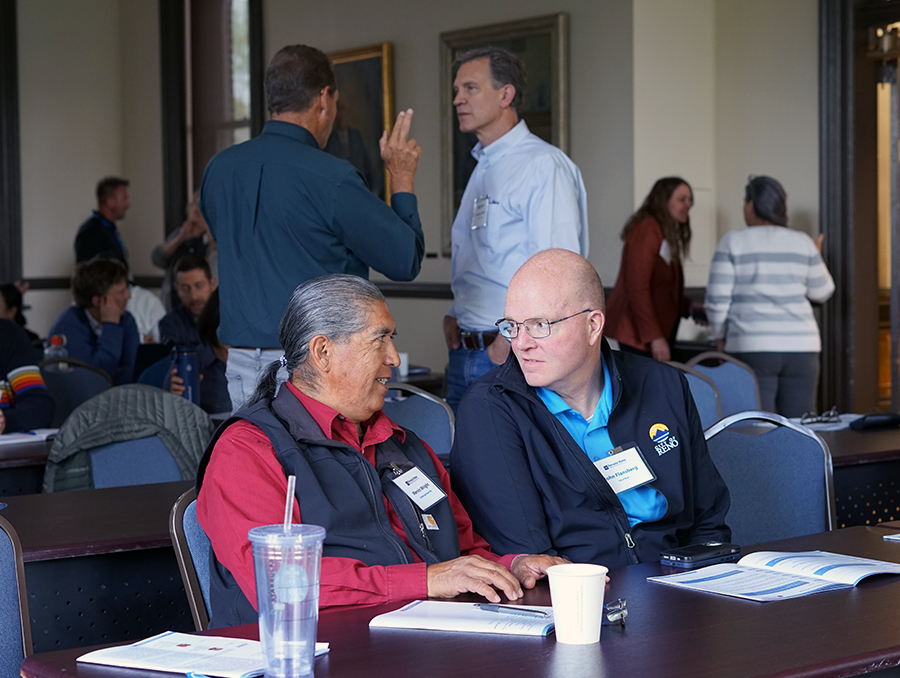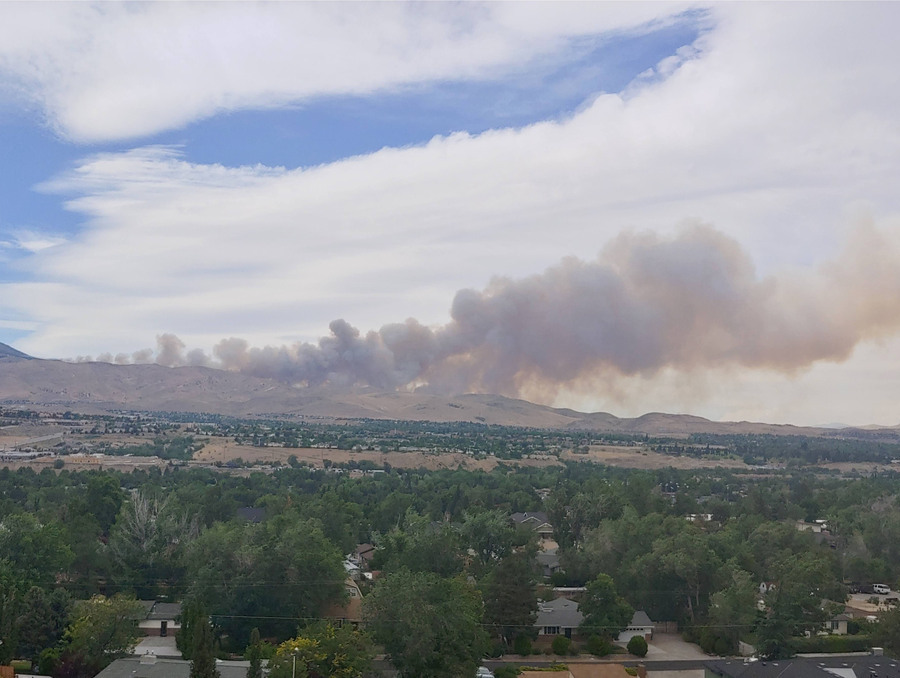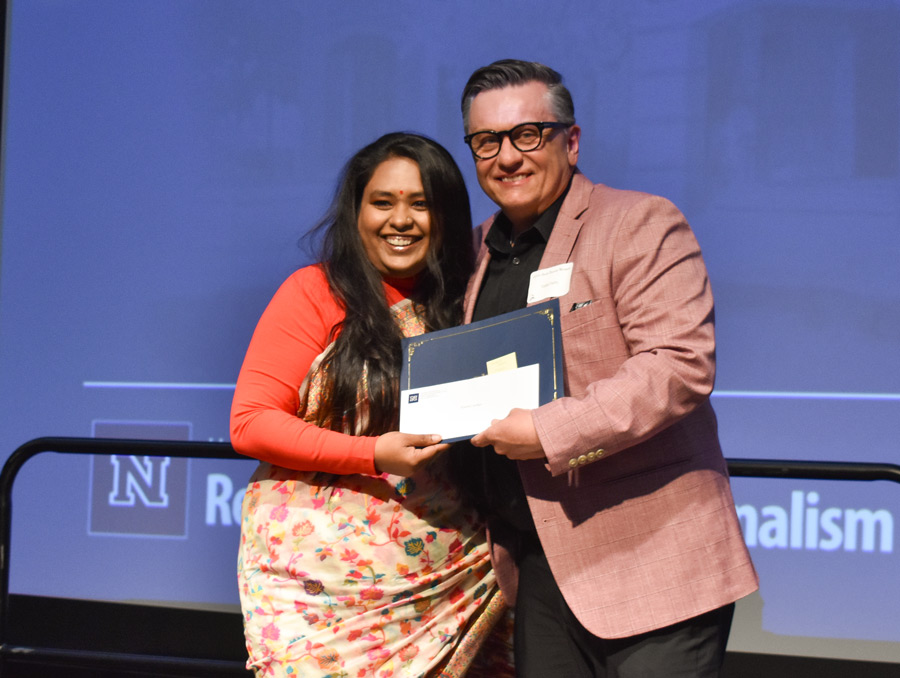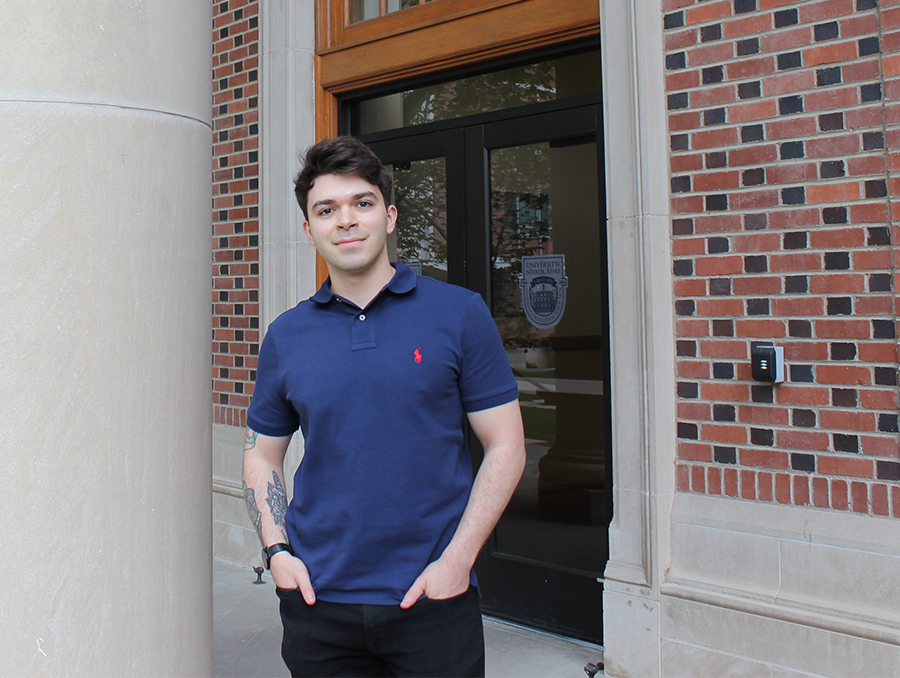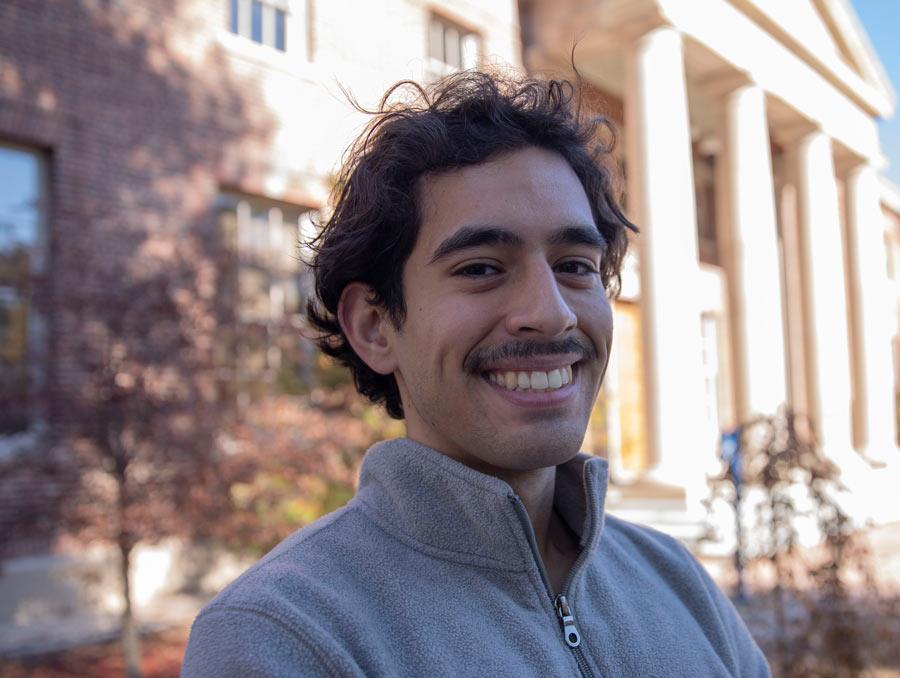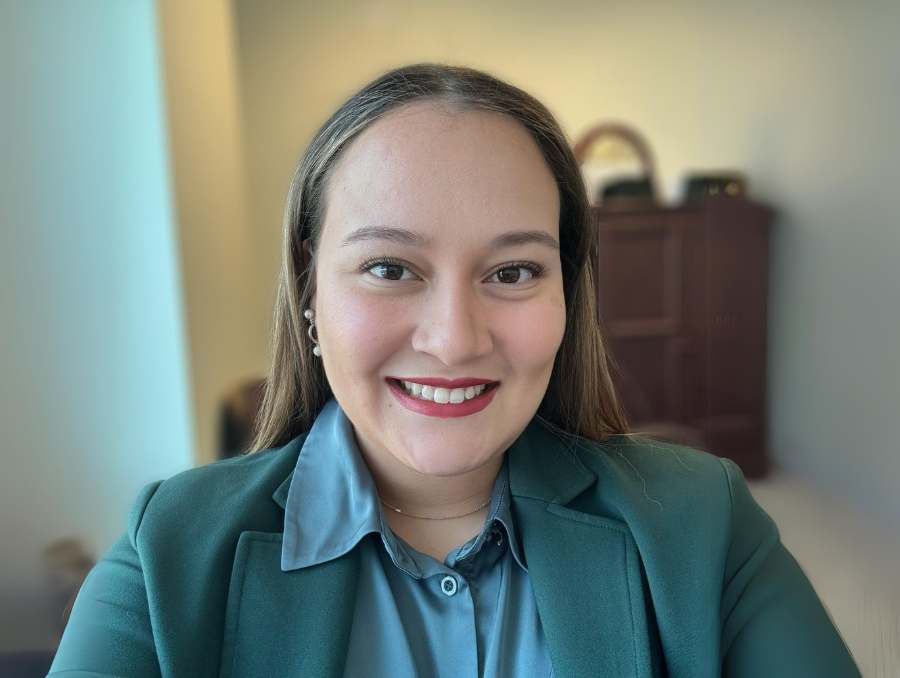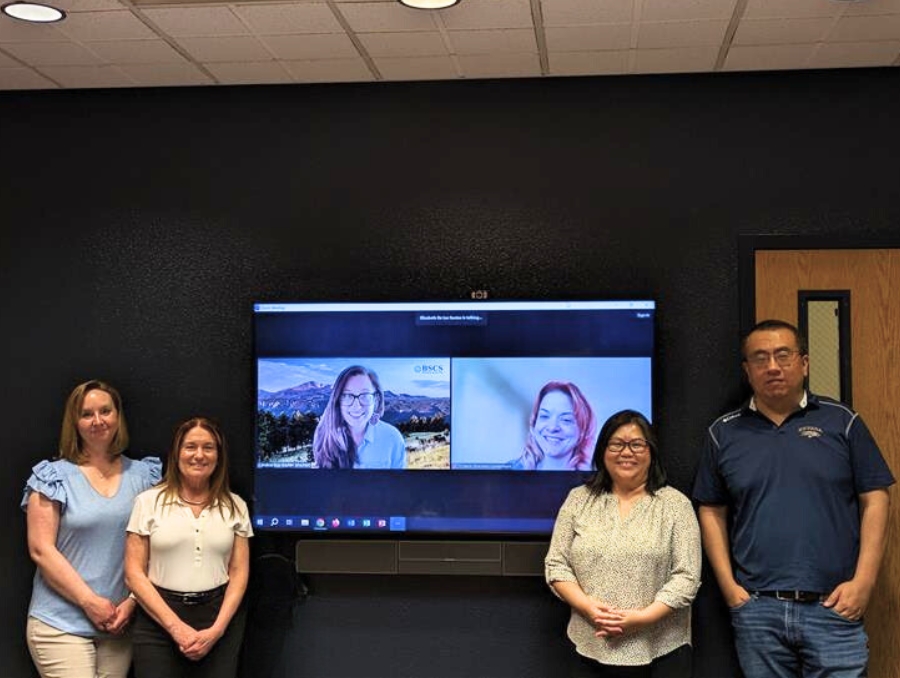Power failures can be annoying at best — anyone remember the string of power outages around New Year’s, affecting more than 100,000 energy customers in northern Nevada? — but at worst, they create life-threatening situations.
University researchers working to improve the resilience, stability and cybersecurity of power grids soon may have a new tool to protect energy supplies: large-scale digital simulators for cyber-physical energy systems, which can test processes and hardware that could fortify the power grid against extreme weather and earthquakes, as well as cyberattacks.
Electrical & Biomedical Engineering Associate Professor Mohammed Ben-Idris and his collaborators recently secured a $993,643 grant from the National Science Foundation to acquire the real-time digital simulator and set up a large-scale testbed in the E-RESILIENCY Lab in the Pennington Engineering Building.
“As the complexity of modern power grids and the frequency and intensity of natural disasters increase, large-scale, real-time digital simulators become the necessary tools to analyze power grid responses and test new solutions before their implementation on real systems,” Ben-Idris wrote in a brief on the project.
Power to the (Nevada) people
University researchers and students, as well as their industry collaborators, potentially will benefit from this new testbed, which Ben-Idris believes is the only one of its kind in Nevada.
Four College of Engineering faculty — Poria Fajri, Hanif Livani and Hao Xu from the Electrical & Biomedical Engineering Department and Shamik Sengupta from the Computer Science & Engineering Department — are working with Ben-Idris on the three-year project to develop a large-scale testbed for cyber-physical energy systems.
This will allow faculty and students working on cyber-physical energy systems (intelligent systems that allow for new capabilities to energy systems by integration of communication, computation, information and control) to test solutions for power-grid problems in a virtual setting before they are employed in real-world situations.
“Before a solution can be implemented on a real power grid, it must be extensively tested through large (tens of thousands of nodes) real-time simulations tools that can capture dynamic responses of power systems,” Ben-Idris said.
Hardware-in-the-loop testing — or testing in which real signals from a controller are connected to a test system that simulates reality — also is necessary.
Researchers will utilize the large-scale digital simulator for a variety of projects, such as testing methods to protect power grids in the event of wildfires, storms and earthquakes as well as developing components needed for a secure exchange of information. Other solutions tested through the simulator could be the use unmanned aerial vehicles to assess post-disaster damage to the power grid and to implement restoration of the grid.
This work corresponds with a few of the College’s research pillars: equitable infrastructure and mitigating natural hazards; cyber-protected information and communication technology; and unmanned vehicles and the new space frontier.
Cutting edge equipment = academic and industry benefits
For Sami Fadali, Electrical & Biomedical Engineering Department chair, the large-scale digital simulator has dramatically advanced the department’s capability to research energy systems.
“It has been my dream since becoming department chair to have a nationally competitive power systems research lab,” Fadali said. “We started very modestly with the purchase of the first RTDS (real-time digital simulator) unit through a donation from NV Energy.
“Then, with the efforts of the faculty and support from the College, the lab gradually grew and started to achieve national recognition,” Fadali continued. “This latest grant will finally make my dream come true. Kudos to Dr. Ben-Idris and his team for making the dream possible, and to Dean Jones and VPRI Gautam for their support.”
Ben-Idris estimates that more than 15 University will be able to expand their research using the large-scale simulator, and that it will open up training opportunities for graduate and undergraduate students. Having this instrument on site, Ben-Idris said, will help UNR faculty recruit outstanding students and post-docs.
Industry partnerships also are expected, as many faculty involved in this testbed — Ben-Idris included — already have collaboration projects with such companies as NV Energy; EnerNex, a Tennessee-based engineering consulting company; Quanta Technology, a North Carolina-based technical consulting company serving energy industries; and the National Renewable Energy Laboratory in Colorado. Ben-Idris plans to design a user schedule based on one currently employed by the University’s High Performance Computing (HPC) facility, as he sits on the HPC’s Cyberinfrastructure Committee, which designed the HPC business model and allowed use-time for the HPC facility.
